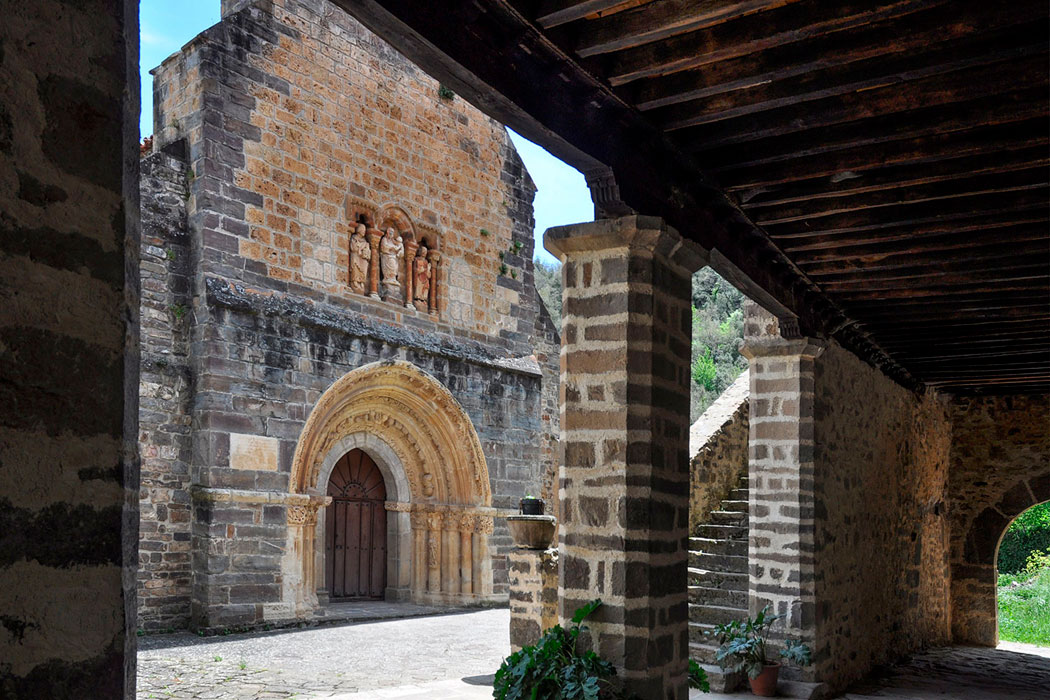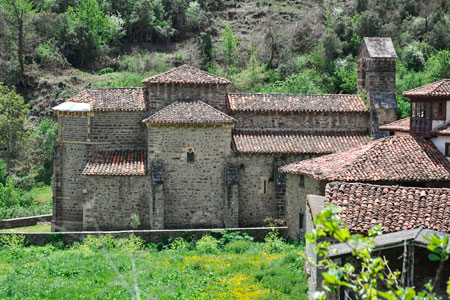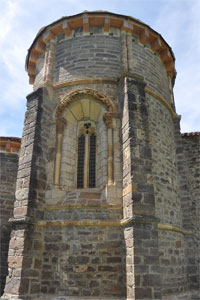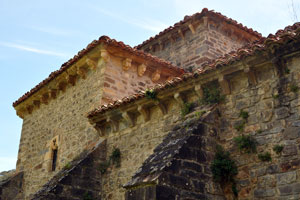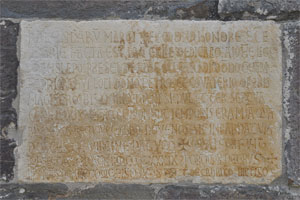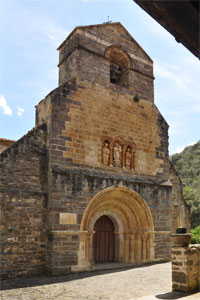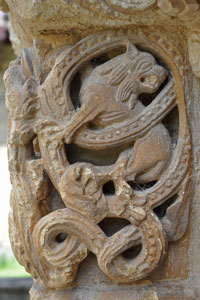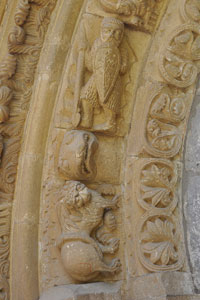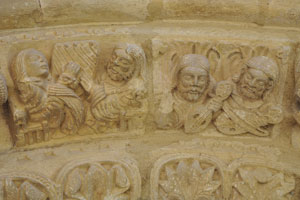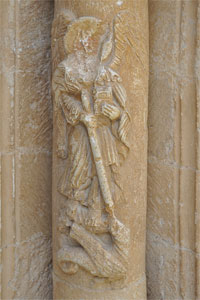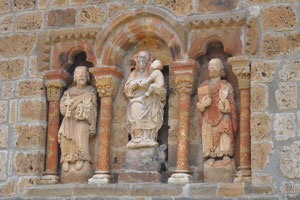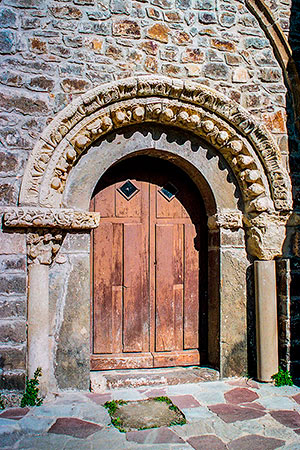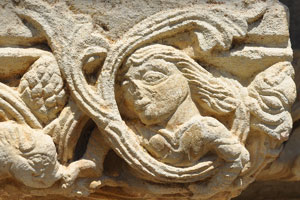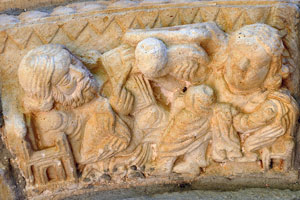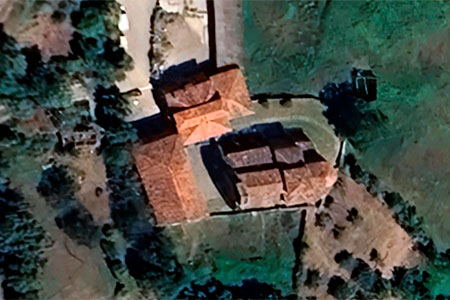It is believed that this is a monastery of ancient origin, possibly from the 9th century, a time when several monastic institutions were founded in this region. However, it is not until 930 that the existence of this house is mentioned for the first time, on the occasion of the church’s consecration, a moment when it was endowed by its benefactors, members of the local aristocracy.
More certain is the monastic pact signed in 941, where the monastery of Piasca is already mentioned, with a double community of monks and nuns, under the direction of its superior, Aylo, possibly the first abbess of this house. At that time, it followed the rule of Saint Fructuosus. Throughout that century, donations in favor of the monastery were documented, making it a notable institution. The Alfonso family was especially generous, being its main protector and possibly linked to its foundation. In 1051, an abbot named Rodrigo is mentioned for the first time, although abbesses continued to be mentioned in later times. Probably in 1078, the community of nuns moved to San Pedro de las Dueñas, near Sahagún, and for this reason, the monastery lost its status as a double community.
At this time, the monastery of Piasca became linked to that of San Benito de Sahagún, though it seems that it still maintained its abbey status. In 1109, a female community is again documented in Piasca, under the direction of Urraca, the same abbess who had moved to San Pedro de las Dueñas. Piasca again had a double community, but gradually the monastery came under the influence of Sahagún until, in 1122, it came under the direction of a prior and was subjected to the authority of Sahagún, although still maintaining its double community status. Under the dependency of Sahagún, a new church was built, consecrated in 1172, and the name of the master builder is known: Covaterio. From the 14th century onwards, Santa María de Piasca entered a period of decline.
From the ancient monastery, only the Romanesque church remains, consecrated in 1172, later modified, with a basilica floor plan and three naves. Of this building, the notable Romanesque portal is worth mentioning, with exuberant decoration, especially in the archivolts, which rest on capitals, five on each side. Above the portal, there is a triple niche with images, a Virgin with Child (16th century?) between Saints Peter and Paul. To the south, there is another, simpler portal, which connected to the cloister. The sculptural decoration extends to other parts of the church, both exterior and interior.
- CACHAFEIRO, M. Oliva (2012). El monasterio de San Pedro de las Dueñas. Historia y arte de un cenobio benedictino. San Pedro de las Dueñas
- CUESTA BEDOYA, Jesús; i altres (1997). Localización de los antiguos monasterios de Liébana. Clavis, núm. 1
- GARCÍA GUINEA, Miguel Ángel; dir. (2007). Enciclopedia del Románico en Cantabria. Aguilar de Campoo: Fundación Santa María la Real
- GRIJUELA GIL, Carmen (2015). Santa María de Piasca y Santo Toribio: dos monasterios en el territorio medieval lebaniense. Altamira, vol. 86
- YEPES, Antonio de (reed. 1960). Crónica General de la Orden de San Benito. Vol. II. Madrid: Atlas
